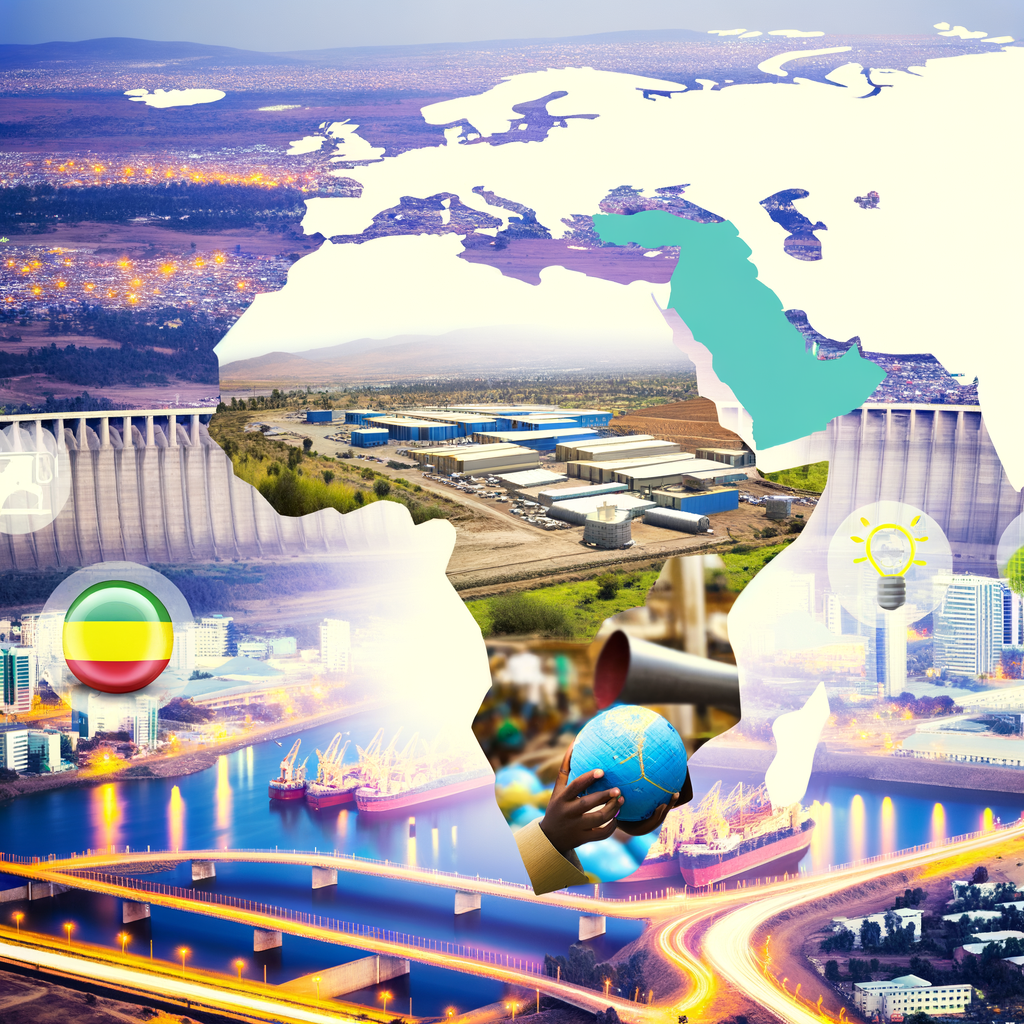Ethiopia’s Economic Growth and Strategic Location Enhance
Ethiopia is a nation that has long captured the interest of economists, investors, and policymakers alike. Its stride toward economic transformation and its advantageous geographical position within the Horn of Africa have made it a focal point for numerous strategic initiatives. This article delves into the various facets of Ethiopia’s economic growth and how its strategic location enhances its role on the global stage.
Economic Growth: A Closer Look
Ethiopia’s economy has been one of the fastest-growing in the world over the past decade. This impressive growth trajectory can be attributed to several factors:
- Government Policies: The Ethiopian government has implemented a range of policies that promote industrialization and infrastructure development.
- Agricultural Productivity: Agriculture, a staple of the Ethiopian economy, has seen substantial improvements in productivity and output.
- Foreign Investment: Investment from abroad has bolstered various sectors, including manufacturing and services.
These elements, combined with a young and burgeoning workforce, have set the stage for sustained economic progress. The government’s commitment to improving public services and reducing poverty further underscores its dedication to fostering a robust economic environment.
Strategic Location: A Gateway to Opportunities
Ethiopia’s strategic location is yet another compelling aspect of its economic narrative. Nestled in the Horn of Africa, it serves as a critical gateway to both the Middle East and Africa. This positioning grants it numerous advantages:
- Trade Access: Proximity to major shipping lanes enhances Ethiopia’s trade capabilities, facilitating the movement of goods in and out of the continent.
- Transport Hub: Ethiopia’s capital, Addis Ababa, is home to one of Africa’s largest and busiest airports, making it a key transport hub.
- Regional Influence: Ethiopia plays a pivotal role in regional politics and economics, often acting as a mediator in regional conflicts.
These factors underscore Ethiopia’s potential as not only an economic powerhouse within Africa but also as a significant player in international trade and diplomacy.
The Role of Infrastructure Development
Infrastructure development has been a cornerstone of Ethiopia’s economic strategy. The government has prioritized the construction of roads, railways, and energy projects to support the burgeoning economy. Notably, the Grand Ethiopian Renaissance Dam (GERD) is set to become Africa’s largest hydroelectric power plant, poised to significantly boost the country’s energy capacity.
Moreover, the development of industrial parks and special economic zones has attracted foreign businesses seeking to capitalize on Ethiopia’s growing market. These efforts are integral to positioning the country as a manufacturing hub in the region.
Challenges and Future Prospects
While Ethiopia’s growth story is promising, it is not without challenges. Political tensions, environmental concerns, and the need for economic diversification are areas that require ongoing attention. However, the government’s proactive approach to reforms and investments suggests a positive trajectory for the future.
In conclusion, Ethiopia’s economic growth and strategic location present a compelling case for its increasing prominence on the global stage. By leveraging its unique advantages and addressing existing challenges, Ethiopia is poised to continue its transformation into a key player in regional and international affairs. As it charts its path forward, the world will undoubtedly be watching with keen interest.



